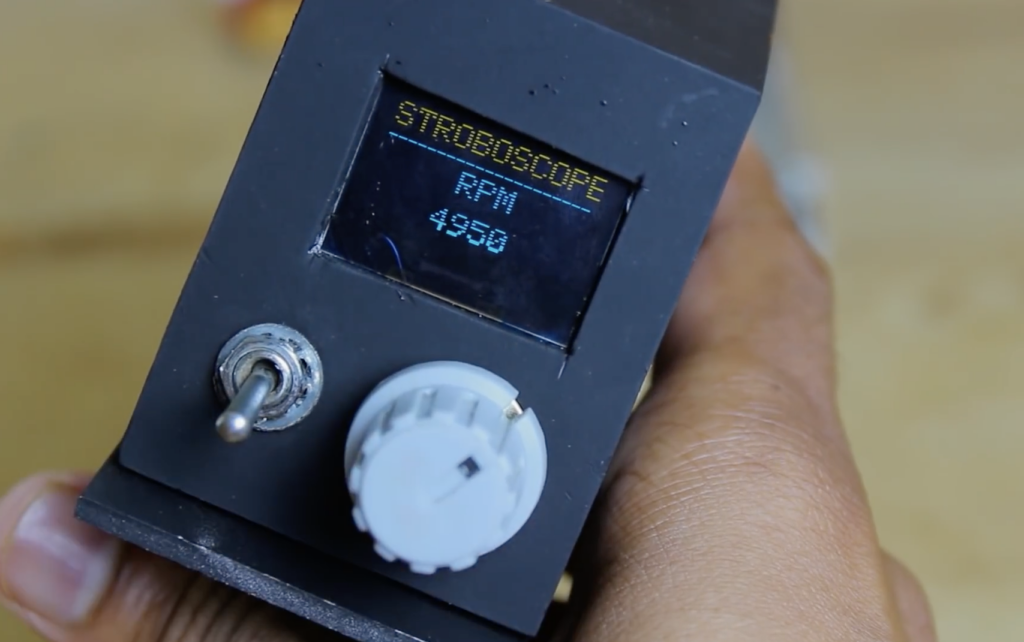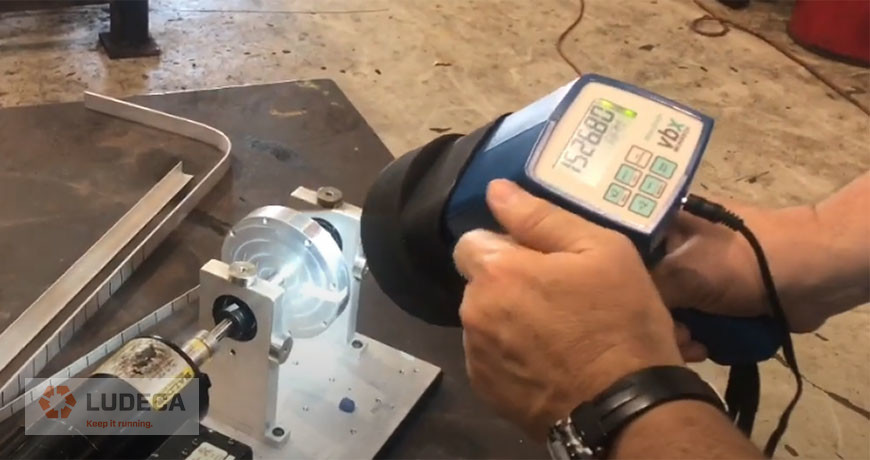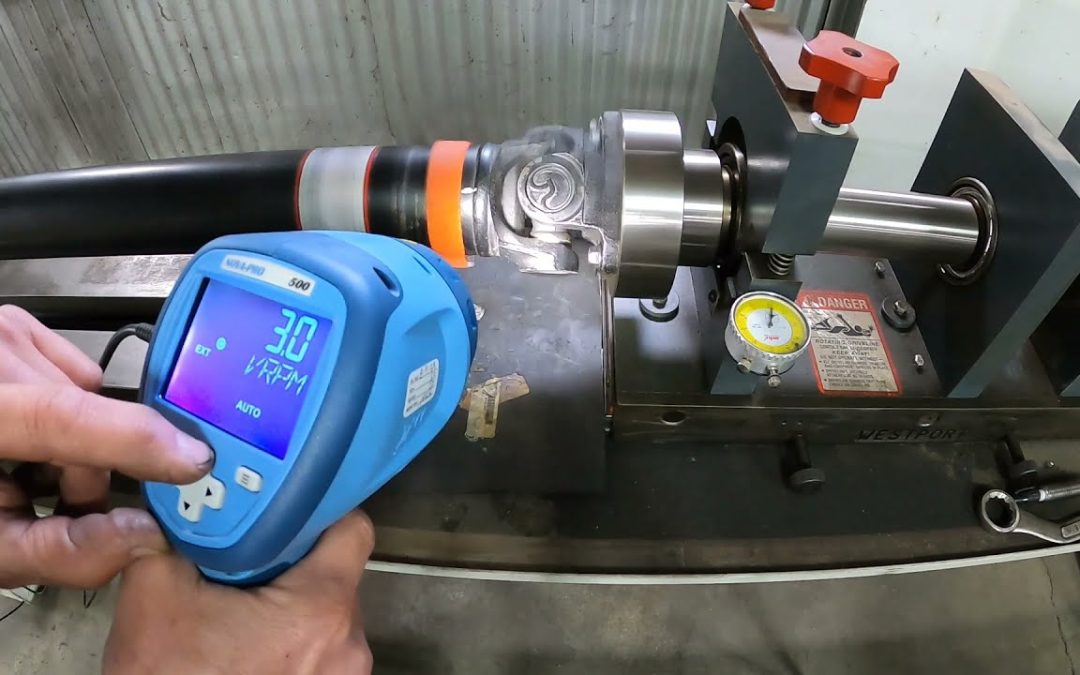Stroboscopes have become an integral part of various industries, offering tremendous capabilities for inspection and monitoring. If you’re wondering, ‘What does a stroboscope do?,’ you’ve come to the right place. This article will provide an in-depth look at how stroboscopes work, their vast applications, and their technology.

Understanding Stroboscopes
A stroboscope is a device used for making a cyclically moving object appear to be slow-moving or stationary. How does it achieve this, you ask? This is done by illuminating the object with brief and regular flashes of light.
Principle of Operation
The main principle behind a stroboscope is the stroboscopic effect. This phenomenon occurs when an object is viewed in intermittent bursts of light, creating an optical illusion allowing us to view the object in slow motion or as if it is not moving at all.
Components of a Stroboscope
A traditional stroboscope consists of several key components: a light source, a timing device, and a means to adjust the frequency of the flashes. These parts work in harmony to achieve the desired stroboscopic effect.
Applications in Industry
The applications of stroboscopes are versatile and significantly beneficial in numerous fields. Here’s a detailed look at some of its most impactful uses:
Quality Assurance in Manufacturing
Stroboscopes are commonplace in manufacturing for quality assurance. They are used for visualizing and inspecting rotating machinery and moving parts to identify defects and ensure optimal performance. One event detection use-case is crucial in semiconductor wafer polishing.
Paint and Coating Inspection
In industries where paints and coatings are applied, stroboscopes assist in high-speed paint and coating application inspection. This ensures that no imperfections like bubbles or uneven layers are present, ensuring a high-quality finish.
Genetic Analysis and Sequencing
In the field of genetics, stroboscopes play a vital role. They monitor high-speed genetic analysis and sequencing, ensuring accuracy and precision during research and diagnostic procedures.
Technological Advances in Stroboscopes
The technology behind stroboscopes has evolved significantly over the years. With advancements in LED technology and digital controls, todays stroboscopes offer greater precision and ease of use.
LED Stroboscopes
Modern stroboscopes often use LED lights due to their efficient energy consumption and ability to produce bright, intense flashes. These stroboscopes are more durable and reliable compared to their traditional counterparts.
Digital Controls
With digital interfaces and controls, users can precisely adjust the flash frequency and other settings, making stroboscopes more user-friendly and versatile in a wide variety of applications.
Benefits of Using Stroboscopes
Stroboscopes offer multiple advantages, making them a valuable tool in numerous industries. Here are some of the key benefits:
Non-Contact Measurement
One of the primary benefits of using stroboscopes is their non-contact nature. They allow for quality control and inspection without physically touching or altering the object, maintaining the integrity of the inspected item.
Improved Quality Control
Stroboscopes help improve quality control processes by providing detailed, real-time insights into the operational status of machinery and other moving parts. This means faster detection and correction of defects.
Cost Efficiency
Over time, the use of stroboscopes can lead to significant cost savings. By identifying issues early in the production process, companies can avoid costly delays and rework.
Interpretation and Analysis
Interpreting the data from stroboscopes correctly is crucial for making informed decisions. By doing this, companies can maintain higher standards of quality control and efficiency.
Using Data for Better Insights
Data collected from stroboscopic inspections can provide invaluable insights into process improvements. It helps in fine-tuning production lines for better efficiency and lower defect rates.
Integrating with Other Systems
Modern stroboscopes often integrate seamlessly with other systems for comprehensive monitoring and analysis. This helps in gathering a more holistic view of the manufacturing process.
Challenges in Implementation
Despite its benefits, implementing stroboscopes comes with its own set of challenges, including initial cost, learning curve, and maintenance requirements.
Initial Cost
High-quality stroboscopes can be a significant upfront investment. However, their long-term benefits often outweigh the initial costs.
Learning Curve
Proper training is essential for making full use of a stroboscopes capabilities. Companies must invest in training staff to use these devices effectively.
Maintenance
While modern stroboscopes are generally built to last, they do require periodic maintenance to ensure they function accurately and reliably.
Future Prospects
The future of stroboscopes looks promising, with advancements in technology poised to make them even more effective and accessible.
AI and Machine Learning
Combining stroboscopes with AI and machine learning technologies can enhance their capabilities. This fusion can lead to smarter, more predictive monitoring systems.
Expanding Applications
As industries evolve, new applications for stroboscopes continue to emerge. From semiconductor manufacturing to healthcare diagnostics, the uses are expansive and continually growing.
Conclusion
In conclusion, stroboscopes are a dynamic and powerful tool in numerous industries, providing the ability to visualize and inspect objects with great precision. As technology advances, their applications and benefits are likely to expand even further, offering tremendous potential for quality assurance and efficiency improvements.

FAQs
What industries use stroboscopes?
Stroboscopes are utilized in various industries including manufacturing, healthcare, research, and automotive sectors. They are valuable for quality control, inspection, and monitoring processes.
How does a stroboscope create the illusion of a stationary object?
A stroboscope uses rapid, consistent flashes of light to illuminate a moving object. This creates the illusion of the object being still or moving slowly, aiding in detailed inspection.
Are stroboscopes difficult to maintain?
While stroboscopes are built to be durable, they do require periodic maintenance for optimal performance. Regular checks and calibrations help ensure their accuracy and reliability.
For more detailed information, check out this external guide on stroboscopes.
